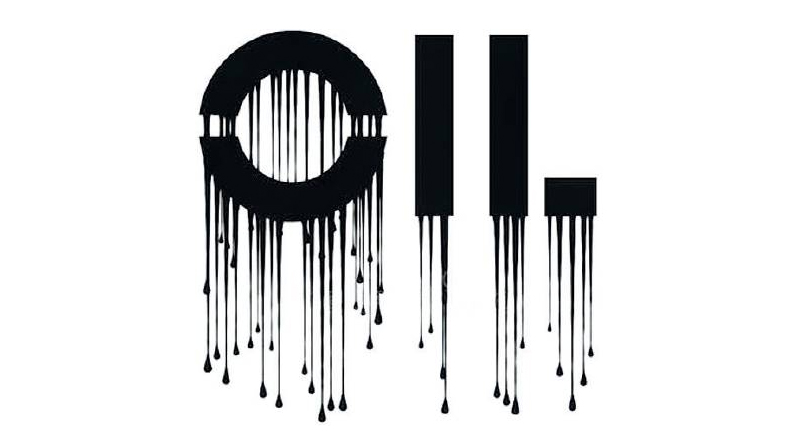GoI should scrap refinery expansion and switch to oil-to-chemicals technology
The latest report from BP, the oil giant, warns that global oil demand is about to plateau and decline, creating huge excess refining capacity. Lesson for India: immediately junk current plans for massive expansion of refining capacity, and switch to new technologies converting oil directly to petrochemicals.
BP says Covid-19 will emasculate the global economy till at least late 2021. Future economic growth will be slower than earlier projected, thanks to the scars of the coronavirus and inwardlooking economic policies typified by the new Cold War with China. Lower world GDP will mean less oil demand.https://1bd22585f8e49707d4922fb130aa66b0.safeframe.googlesyndication.com/safeframe/1-0-37/html/container.html
A Battery of New Vehicles
Meanwhile, electric vehicles (EVs) and batteries are rapidly getting cheaper, helped by massive government subsidies to check global warming. Clearly, EVs will progressively overtake those using petrol and diesel.
The net result, says BP, in a business-as-usual scenario, will be a plateauing of world oil demand very soon followed by a steady decline, from 98 million barrels a day (mbd) in 2025 to 89 mbd by 2050. In two other scenarios, with policies aimed at moderate and drastic checks on global warming, oil demand will crash to 47 mbd and 24 mbd respectively by 2050. Oil is a sunset industry.
India will grow faster than the world economy. So, demand will rise for several years more, before plateauing and falling. Given rising taxes on oil and rising subsidies for renewable energy and electric vehicles, Indian oil demand will decline much faster than in the business-as-usual scenario.
Oil minister Dharmendra Pradhan has long been gung-ho on expanding refining capacity. He said recently said he hoped to double capacity from around 250 million tonnes (MT) today to 450-500 MT tonnes by 2030. These plans include a massive 60 MT refinery in Ratnagiri by Bharat Petroleum Corporation Ltd (BPCL) with participation by Saudi Arabia and Abu Dhabi. Such plans are absurd in the face of the new reality and must be scrapped.
Luckily, land acquisition problems have stalled the Ratnagiri refinery, and Saudi Arabia wants to quit. This project should probably be abandoned, given large, planned refinery expansions elsewhere. Oil demand was 213 MT in 2019-20. Refinery capacity today is 250 MT, with the surplus being exported profitably, mainly by Reliance Industries.
BPCL projects huge exports from surplus capacity at Ratnagiri. That dream has crashed with Covid-19. Excess capacity has hit refineries globally. Yet, much new capacity is already being built. So, export profitability will erode and often disappear. Costly greenfield refineries could become white elephants. Expanding existing ones will be cheaper.
The fast-rising electrification of vehicles will cause a glut of petrol and diesel, which account for over half refined output. Indian Railways, the biggest diesel-users, are planning to go completely electric. BPCL says if a glut arises, it can reduce the amount of petrol and diesel produced from crude and correspondingly increase output of chemical feedstock, which will ultimately be converted to plastics and fibres. However, refineries across the world are now trying to switch from transport fuels to chemicals. The resulting chemicals glut will kill all but the most competitive producers.
The most competitive chemical producers will not be conventional refineries cracking a small amount of oil into chemicals. They will be a new breed of refineries using a novel oil-to-chemicals technology. This will enable the proportion of chemicals from crude to almost double, using lighter crudes. This is more cost-effective than retrofitting existing refineries.
Crude to Refined Plan
Reliance itself plans a new oil-to-chemicals refinery costing ₹70,000 crore. In its 2018-19 annual report, it also proposed transformatory modifications to existing refinery capacity, gradually phasing out production of petrol and diesel altogether in preparation for the rise of EVs. Mukesh Ambani has seen the light. So should the government.
Today, the cheapest electric car costs ₹18 lakh, and Tesla’s cheapest costs ₹27 lakh. But prices are falling every year. So are prices of batteries, a major component of costs. Volkswagen is thinking of going completely electric.
Electric trucks need a range of over 1,000 miles per day. This requires massive battery capacity, making them uneconomic. But steps are afoot to provide battery-swapping centres every 150 km or so on highways. Swapping an old battery for new takes only minutes, against several hours for recharging. The price of electric trucks will crash if they can prune battery stacks and depend on swapping.
In price-sensitive India, electric cars will advance only slowly. But electric two-wheelers are already here and rising. The top companies have electric scooters costing around ₹60,000. But new small companies are producing much cheaper, though tinny, models. One company, Detel, has a two-wheeler costing just ₹20,000, one-third the cost of a regular scooter. The cheap vehicles have very limited ranges (45-60 km) and look shoddy. But frenetic innovationwill soon drive down the cost of good machines from top companies.
India needs a high-powered committee with private and public players to prepare new projections for oil demand, spelling out the impact of new electric and oil-to-chemicals technologies. The world is changing, and so must India.


